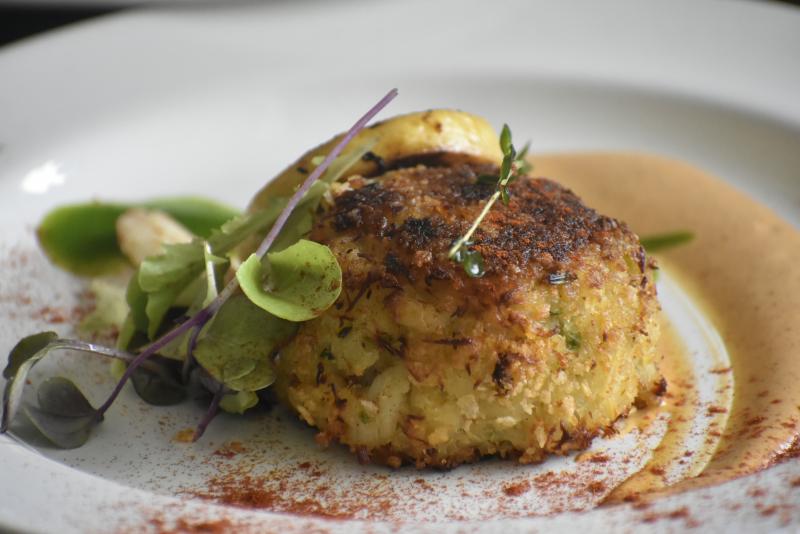
ILWACO — It's a new year but one old problem isn't going away. The marine toxin domoic acid is now expected to delay the start of commercial crab season into February, while the toxin level found in razor clams continues to torpedo recreational digging.
Additional delay of the Dungeness crab season became official Jan. 15 with an announcement of Jan. 8 test results of up to 76 parts per million in the guts of crab harvested off Long Beach. Federal rules preclude harvest when tests show more than 30 ppm.
This means a continuing closure for the entire coast from Cape Falcon, Oregon north to the U.S./Canada border.
"[W]e now anticipate the delay of the Washington fishery to continue into February and perhaps as late as Feb. 15," the Washington Department of Fish and Wildlife said.
WDFW is also looking into convincing the Washington Legislature to allow sale of crab from which the guts/viscera/butter has been removed. Opening with such an evisceration requirement would have to be accompanied by sufficient regulations to ensure public safety, the agency stressed.
WDFW is working with the Quinault Indian Nation regarding opening the area north of Klipsan Beach, where domoic levels appear to be within safe bounds. "We will provide more information and details regarding the season opening in that area as soon as possible," the agency said.
Clams
On Jan. 13, WDFW said domoic levels in clam meat still exceed the Washington Department of Health's 20 ppm threshold. This means a harvest closure that began in late October will drag on.
Samples gathered on Jan. 11 topped out at 45 ppm on the north end of the peninsula; 43 ppm in the middle of the Twin Harbors area that spans north Pacific and south Grays Harbor counties; 28 ppm at the south end of the Copalis area near Ocean Shores; 25 ppm in the middle of the Copalis area; 27 ppm in north Copalis; 36 ppm in the middle of the Mocrocks area; and 25 ppm in the north of Mocrocks.
"As we reported in December, razor clams are following the historical pattern of slowly depurating (losing) domoic acid," WDFW said. "We also are observing the levels 'bounce around' some, as they have in past events. This is a result the individual 12 clams we harvest when we are collecting samples. The toxin 'load' can vary greatly between individual clams. The laboratory protocol requires the clams to be cleaned and then the meat from all 12 (per area) are blended together. Then a sample of that mixture is analyzed and one result is reported for that area."
Along with sampling razor clams every two weeks, WDFW and the ORHAB (Olympic Region Harmful Algal Bloom) partnership continue observations of surf zone phytoplankton assemblages, where domoic acid comes from.
The Link LonkJanuary 16, 2021 at 05:35AM
https://ift.tt/3imSeOI
Marine toxin still jinxing crab and clam seasons - Chinook Observer
https://ift.tt/2MkGRbk
Crab

No comments:
Post a Comment